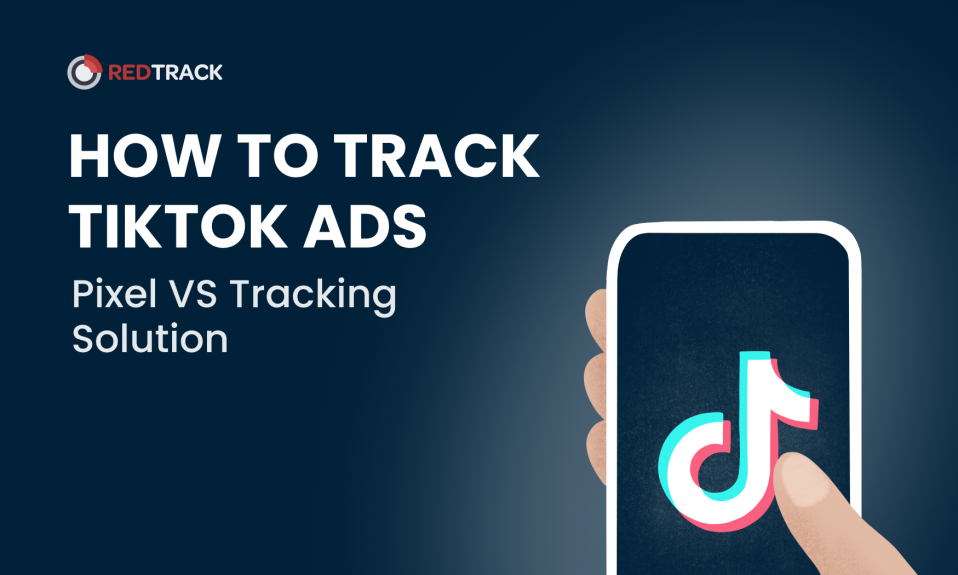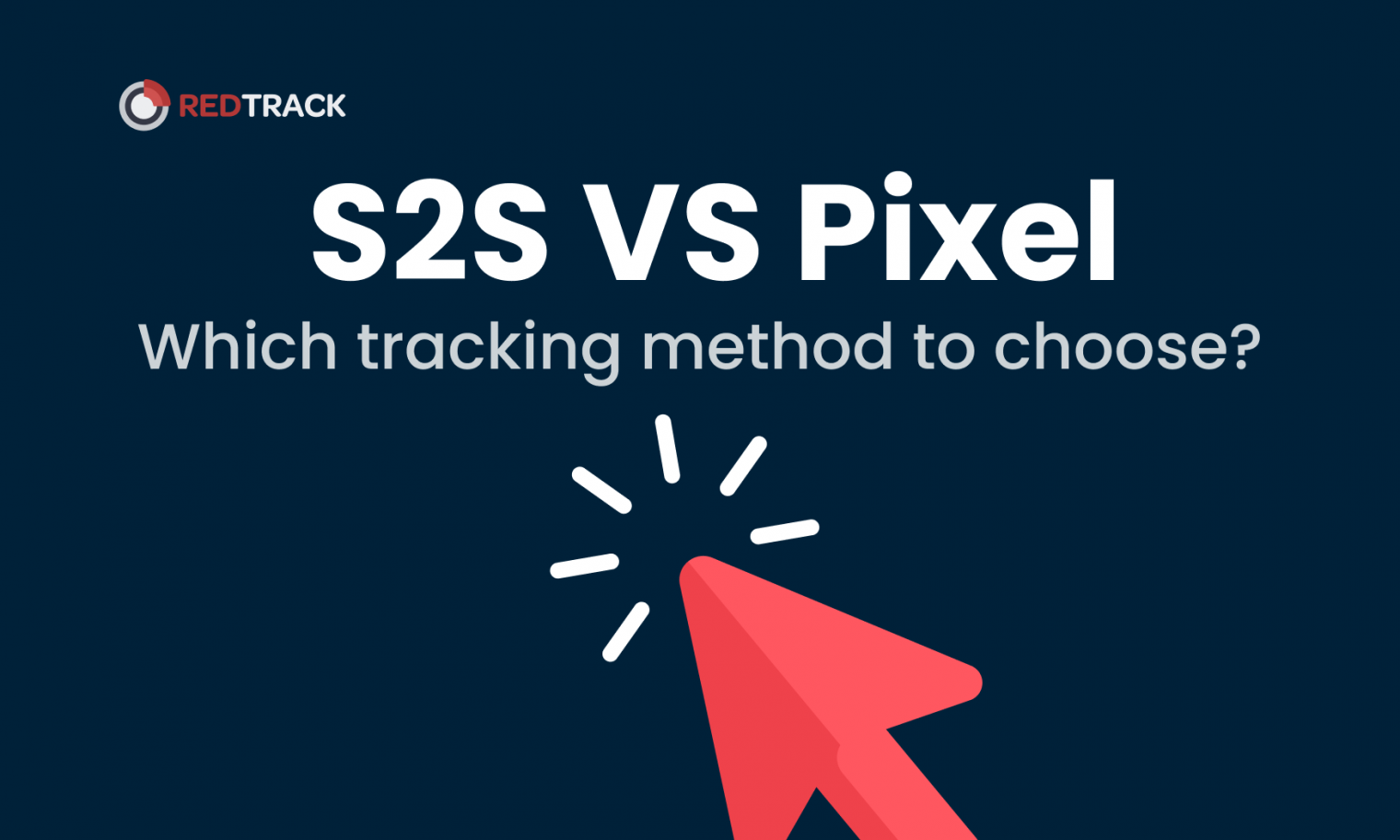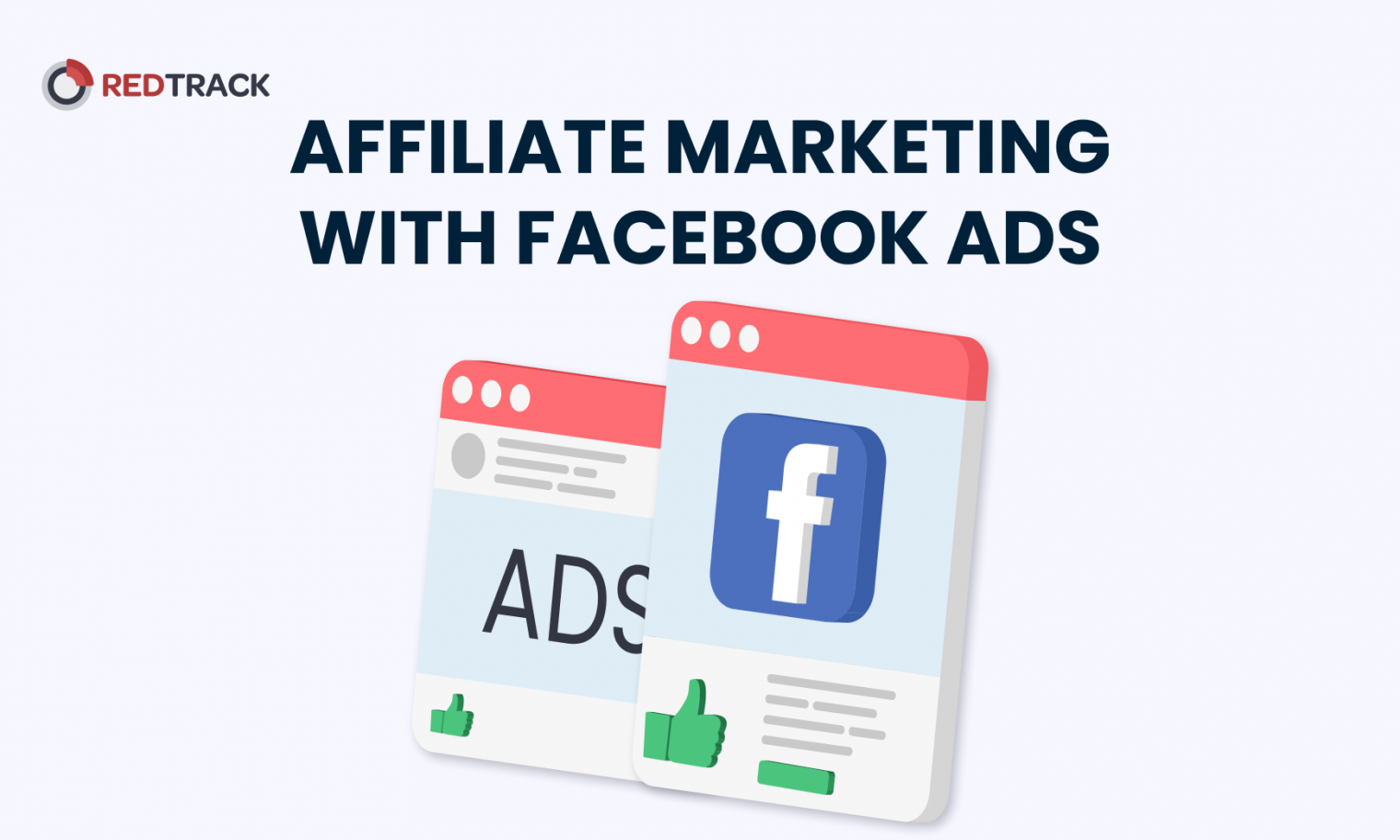
Check our 2-minute video to explore 5 reasons users choose RedTrack as their ad tracking & attribution partner.
In the world of digital marketing, an affiliate is akin to a strategic partner, crucial for driving sales and generating online revenue. They are independent promoters who connect potential customers with products or services. Think of affiliates as external salespeople who get paid on commission. They use various digital strategies like content marketing, email campaigns, or paid advertising to direct traffic to a product, and in return, receive a commission for each sale or lead generated.
An affiliate in the digital marketing sphere is a dynamic and essential player. They are not just promoters but key partners in a brand’s marketing strategy, driving sales through innovative and targeted campaigns. As the digital landscape evolves, so does the role of the affiliate, adapting to new technologies and market trends to remain an effective conduit between products and consumers.
Affiliates serve a unique position in the marketing ecosystem. They act as a bridge between a product and its potential customers. By leveraging their own networks and marketing skills, affiliates can target specific audiences that a business might not reach otherwise. Their role is performance-based, making them a cost-effective strategy for businesses: payment is only made for successful transactions or leads.
Effective affiliates possess a mix of skills including strong marketing knowledge, adeptness at digital tools, and an understanding of web analytics. They often utilize SEO (Search Engine Optimization), PPC (Pay-Per-Click) advertising, email marketing, and content creation to drive traffic. Familiarity with platforms like Google Analytics, Ahrefs, or Mailchimp is common among successful affiliates. These tools help them track performance, understand audience behavior, and optimize their campaigns for better results.
Affiliates often work within networks that act as intermediaries between them and the businesses. These networks provide a platform where affiliates can find products to promote and track their performance. Networks like ShareASale, ClickBank, or CJ Affiliate offer a range of products across various niches, making it easier for affiliates to find suitable offers. They also handle the payment side, ensuring transparency and timely payouts.
Affiliates come in various forms, each with their own strategies and niches. Content creators, for instance, might use blogs or YouTube channels to review products. Influencer affiliates leverage social media to promote products to their followers. Then there are coupon sites, which attract deal-seeking customers. Each type uses a different approach but with the same goal: to drive sales and earn commissions.
In affiliate marketing, success is measured through metrics like click-through rates (CTR), conversion rates, and ROI (Return on Investment). Understanding these metrics allows affiliates to gauge the effectiveness of their strategies and make data-driven decisions. High CTR indicates compelling content or ads, while a good conversion rate suggests that the traffic is well-targeted. Ultimately, a positive ROI signifies a successful affiliate campaign.
While affiliate marketing can be lucrative, it comes with challenges like market saturation and changing regulations (like GDPR). Staying competitive requires staying up-to-date with market trends, continually optimizing campaigns, and adhering to ethical marketing practices. Successful affiliates focus on building trust with their audience, choosing quality products, and aligning promotions with their niche.
The affiliate marketing landscape is ever-evolving. Trends like increased mobile usage, the rise of influencer marketing, and the integration of AI in digital marketing are shaping the future of affiliate marketing. Affiliates need to adapt to these changes, be it through mobile-optimized campaigns, leveraging influencer partnerships, or using AI-driven tools for better targeting and personalization.

Check our 2-minute video to explore 5 reasons users choose RedTrack as their ad tracking & attribution partner.

Join our Facebook group to participate in the discussions, share your insights with like-minded people, and ask for support if needed.

Find out how Financer.com optimized the conversion rates of both organic and paid traffic by 60% with RedTrack.